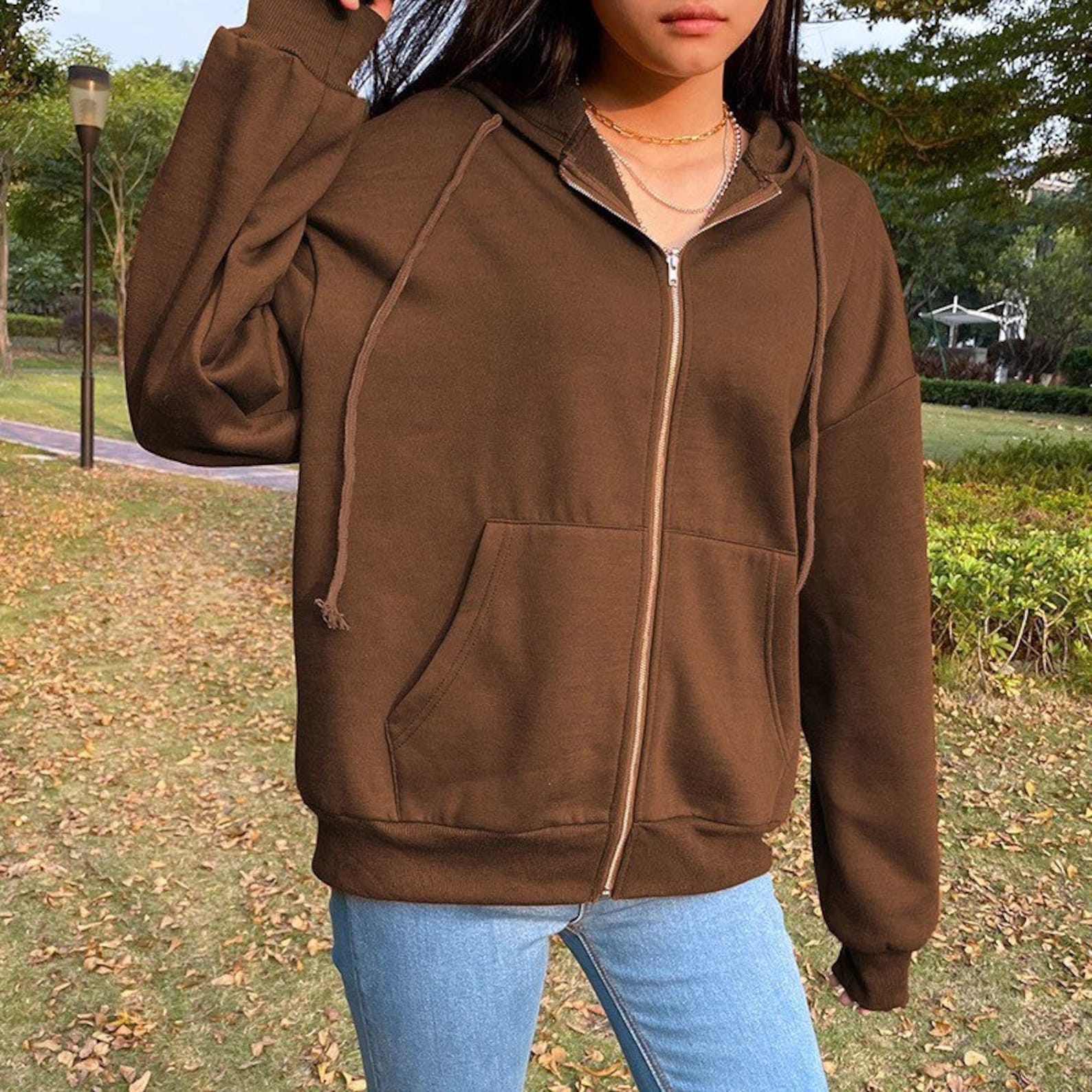Things to Consider When Selecting the Right Sweatshirt

Sweatshirts are long-sleeved, pullover garments made of thick cotton cloth. They are generally worn as casual clothing and aren't so formal as sweaters and cardigans. They may not have the Hood. If you're thinking of purchasing a sweatshirt, here are a few tips:
Norma Kamali sparked the appeal of sweatshirts
Since the end of the 70s In the late '70s, Norma Kamali has been turning the humble sweatshirt into a work of art. Her designs are now a staple in almost every woman's wardrobe. Her distinct styles range from a tummy-tucking crew neck to leather-paneled sweatshirts. She also has created clothes with unusual shapes, such as tanks with an extended trumpet skirt.
A collaboration with the brand and sweatshirt manufacturer Everlast led to her Timeless collection, which was a huge hit when it was featured in the Spiegel spring 2006 catalog. The collection featured knits that could be interchangeable or convertible in classic shapes, and many items were priced below $20. Even even if Norma Kamali's Timeless collection was not available in stores, fans were able to find the items through eBay as well as Poshmark.
Merino wool sweatshirts feel more comfortable than sweatshirts made of soft wool.
Merino wool is known for its ability to wick moisture away, which helps to keep you dry and comfortable. sweat shirts is an organic fibre that also has a smoother feel. The fabric also dries quickly when compared with other natural materials. Furthermore, merino is a renewable resource. Merino sheep shed their coats each year, and then grow new ones.
The warmth-to-weight ratio of merino wool is one of the reasons it's popular for sweatshirts. It helps to regulate body temperature due to its natural loft, which holds heat in the fibers. This is the reason Merino wool sweaters are ideal for outdoor activities in the summer, such as mountain biking, hiking, and running. The warmth they offer keeps the wearer well-hydrated and cool, something that is crucial for working out.
Zip-front hoodies come with a kangaroo pocket
Kangaroo pocket hoodies are a popular style of hoodies. These hoodies feature a huge pocket at the front which helps keep your hands warm on cold days. They're also more practical than traditional pockets because they permit your hands to slide into and out effortlessly.
Kangaroo pockets are usually large enough to fit a wallet or some other small items for personal use. They're typically long enough to fit a small hand and are large enough to accommodate two hands. They have wide openings on either side , and are ideal for carrying small objects.
French Terry fabric is a popular fabric for sweatshirts.
The French Terry fabric is composed of soft yarns that are knitted into loops and is typically midweight. It is also renowned as a fabric that wicks moisture and is already pre-shrunk. French terry is a great choice for sweatshirts because it is warm when you're in need and also keeps you cool when you're trying to cool down.

French Terry is also a popular choice for casual wear, as it is stretchy enough and has enough flexibility to feel comfortable when you touch your body. It also allows for enough air to circulate around the fabric, which makes it ideal for layering underneath other clothes. In addition, because it's lighter than other sweatshirts you can wear it all year round without feeling either cold or hot.
Hoodies have classist connotations
Although it might appear that hoodies are an appropriate attire item for people of the working class, the reality is that they have a classist connotation. The hooded garment was first seen in the 1970s in New York, where graffiti artists wore them to hide their identities. In 1976 Hoodies made their main film debut in "Rocky," when the working-class title character wore hooded gray sweats on his famous climb up the steps of the Philadelphia Museum of Art.
Hoodies are usually associated with death, destruction and other unpleasant items, yet they also serve practical purposes. For instance, monks and priests might wear hoods in order to display respect and a sense of self-control.
